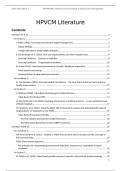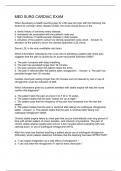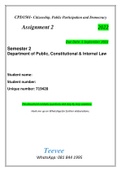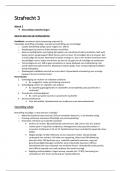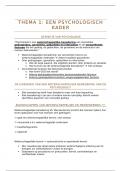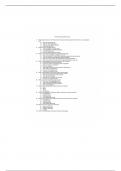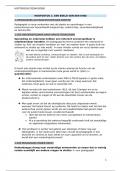Samenvatting
Summary HPVCM: summaries of ALL the literature
- Instelling
- Erasmus Universiteit Rotterdam (EUR)
Dit document bevat samenvattingen van ALLE verplichte en nodige literatuur van het vak Healthcare Procurement & Value Chain Management (HPVCM), dat je als keuzetrack kunt kiezen in blok 5 van de master HCM.
[Meer zien]
